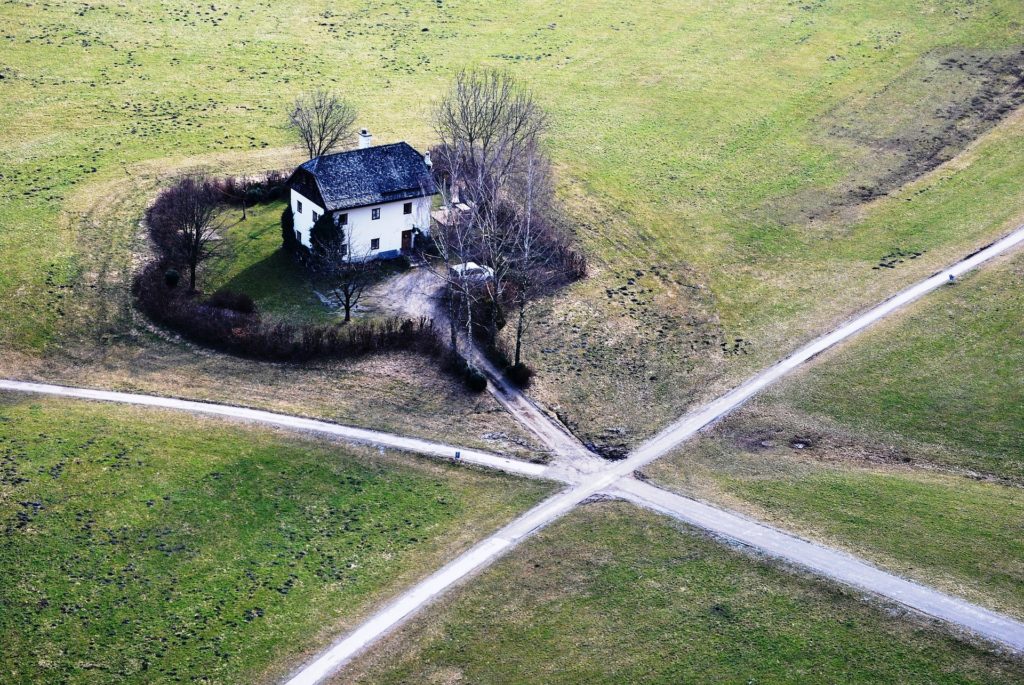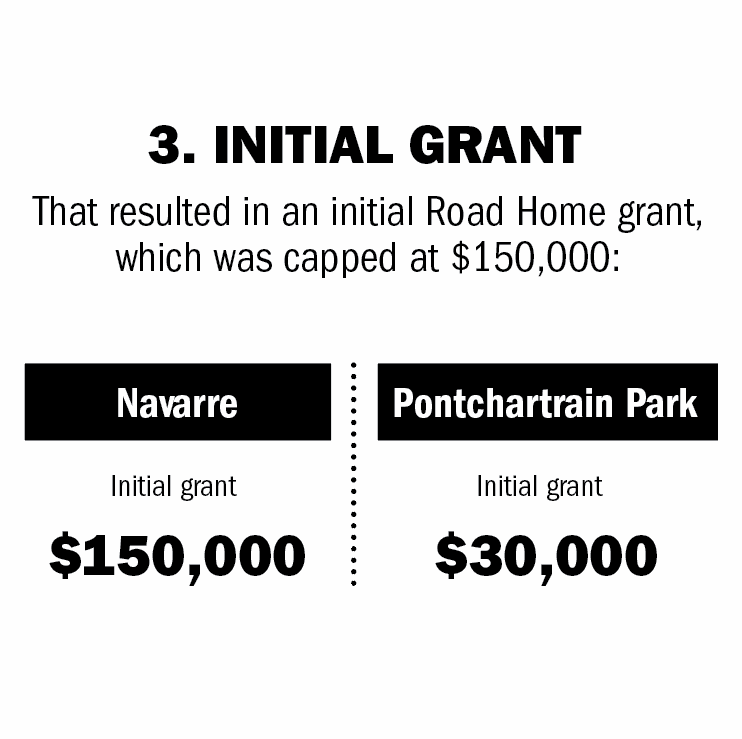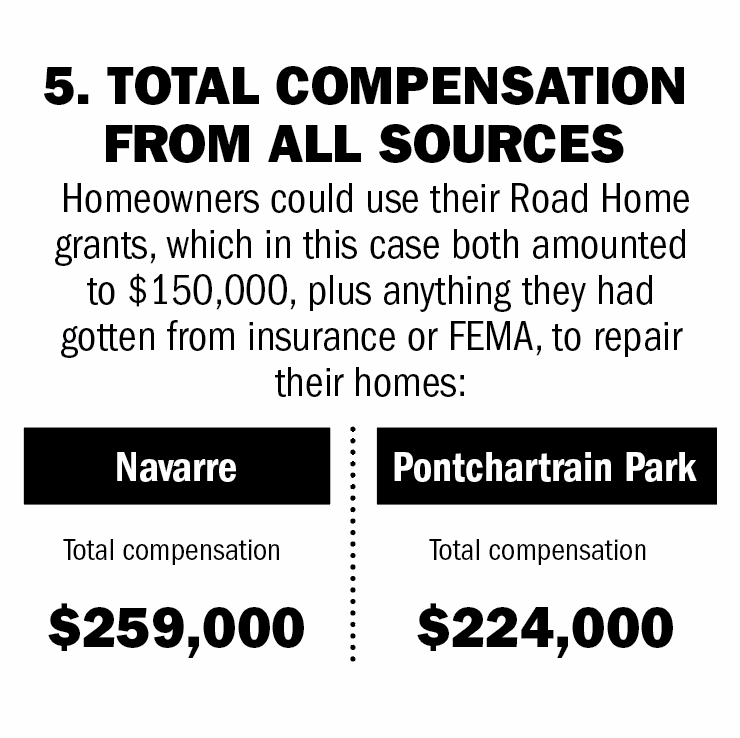
Many roads to this house and that was what happened in New Orleans with the Road Home project.
The Road Home program aimed to help Louisiana residents rebuild after Hurricanes Katrina and Rita, with the goal of covering the gap between what insurance and FEMA assistance paid for and what it would actually take to fix the damage and put people back in their houses. But a new analysis by The Times-Picayune | The New Orleans Advocate, ProPublica and WWL-TV shows the program fell short of that goal and shortchanged those in the poorest areas of New Orleans. The program also left residents of St. Bernard Parish far behind homeowners in other areas, regardless of their income. One source of those differences was baked into the formula that governed funding from the Road Home. Initially, the program was designed to provide homeowners the lower of two amounts: the pre-storm value of their home or the price the state calculated to repair the damage to their home. Those living in areas with lower property values, including those in lower-income and less White parts of the city and state, often hit the ceiling set by the value of their homes. Meanwhile, those in wealthier areas were often able to get payments covering a greater share of their damage. While later changes to the program aimed to maximize the amount given to low- and moderate-income homeowners, those still were not enough to bring them up to the level the wealthiest received when insurance, FEMA assistance and the Road Home payments were taken into account. Here’s a look at how that funding formula worked in two different New Orleans neighborhoods: Navarre and Pontchartrain Park.
nola.com







This is a good way to look at what happened. The graphs had no owner and I apologize if I did use them wrongly.



